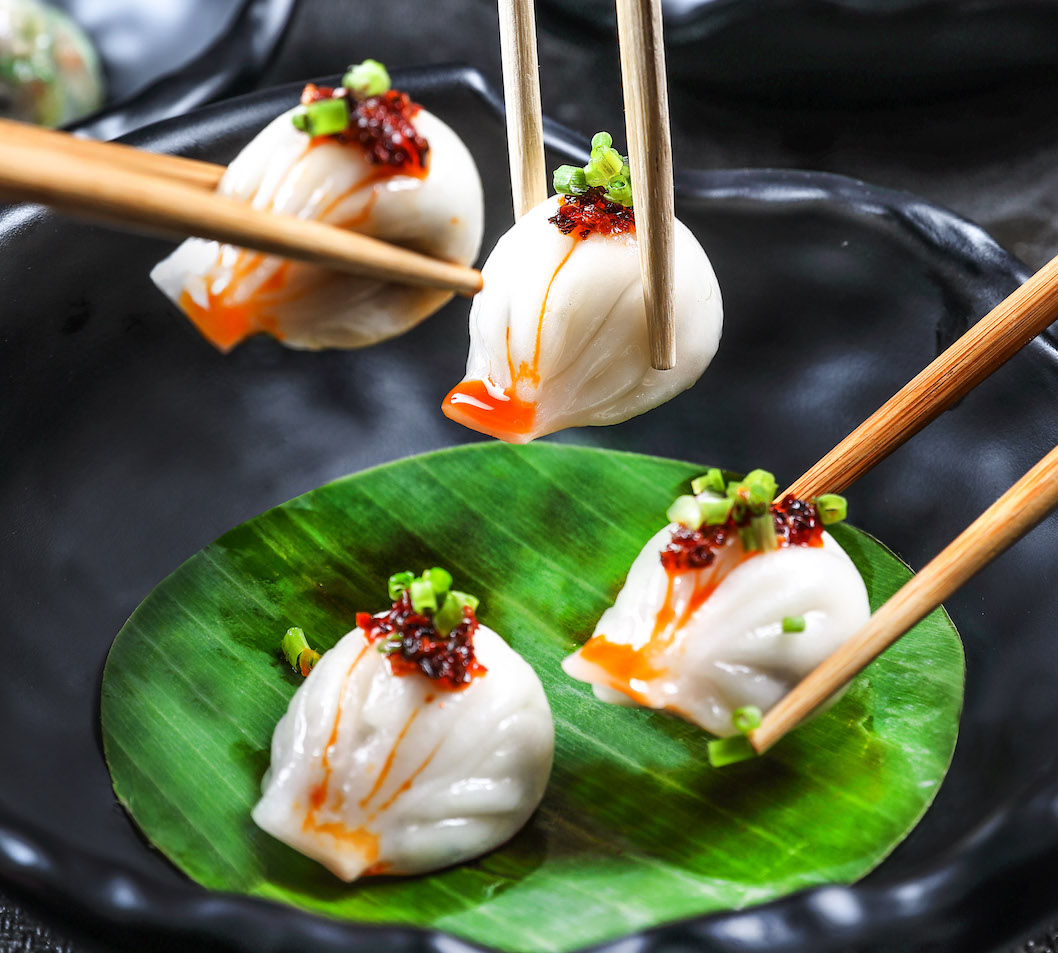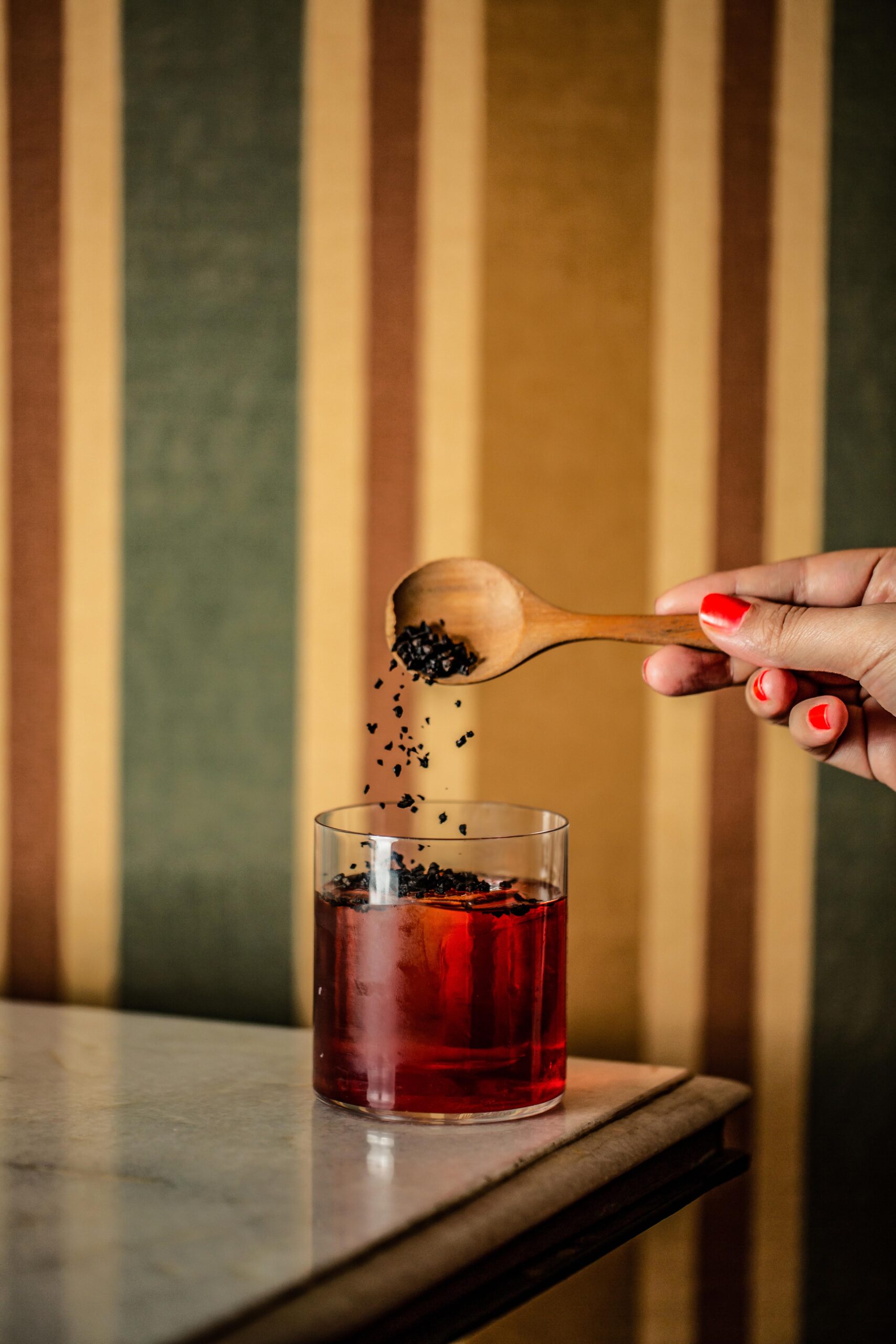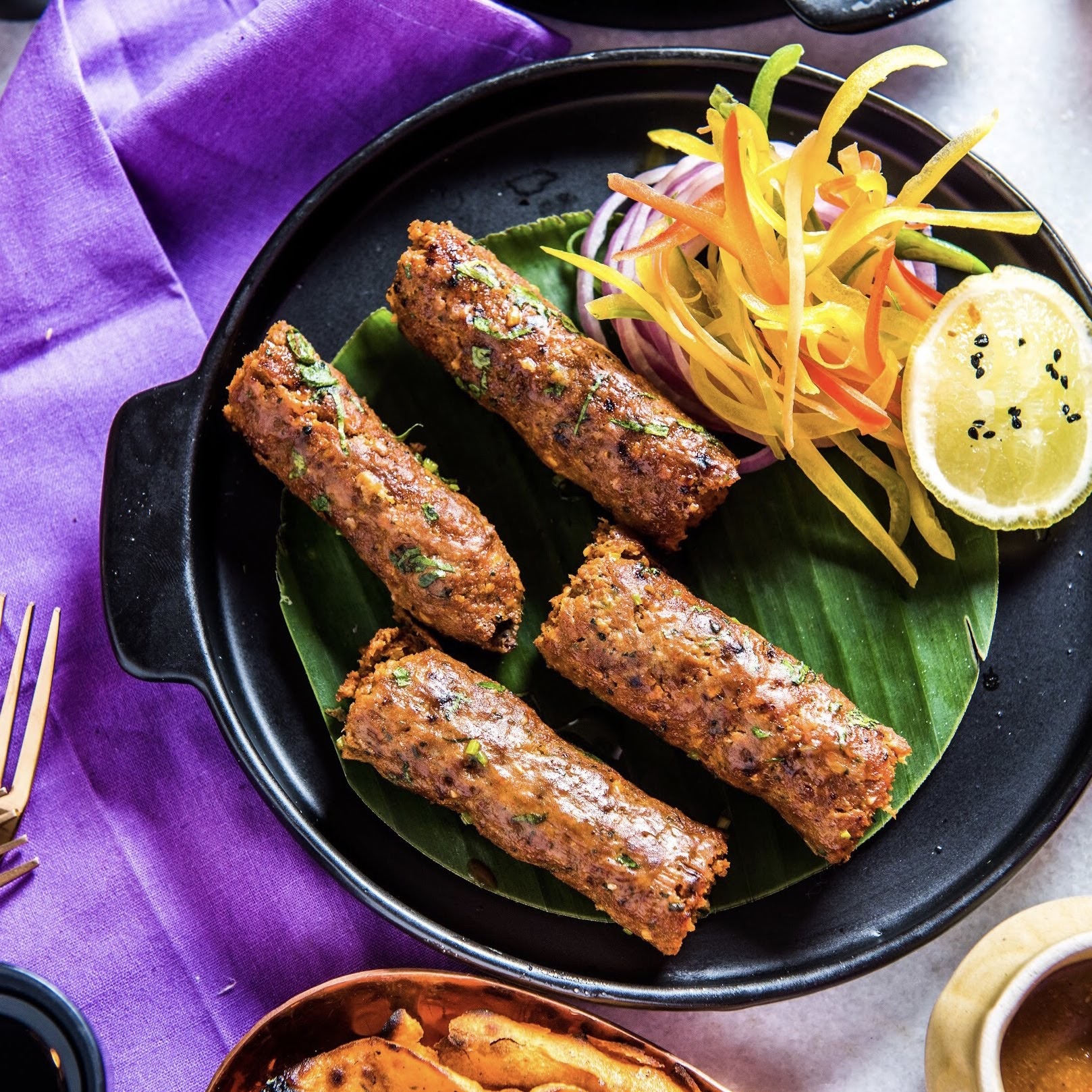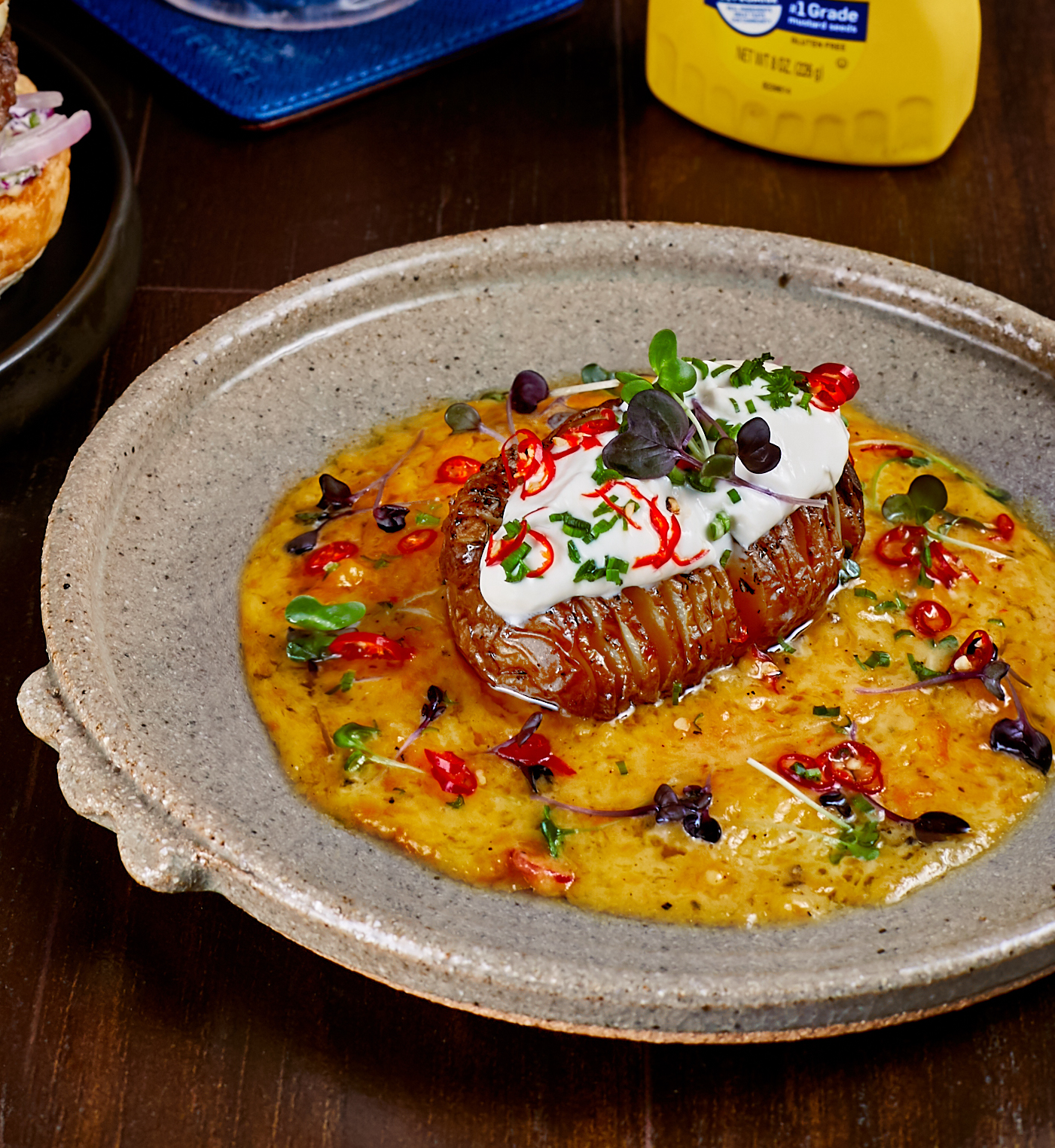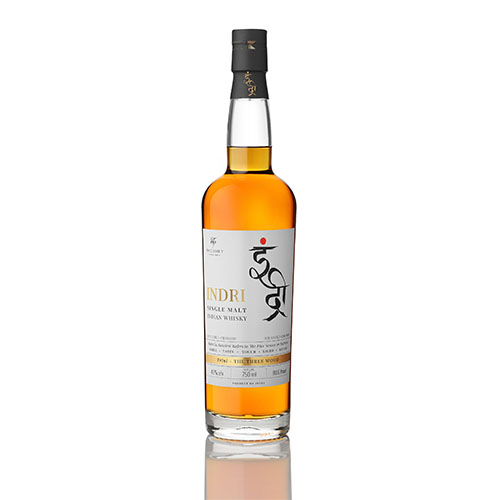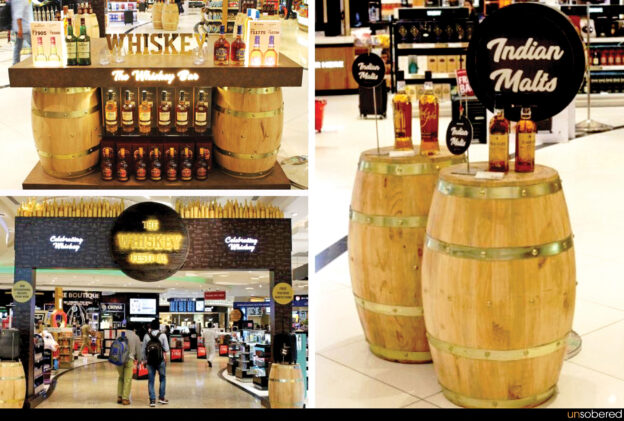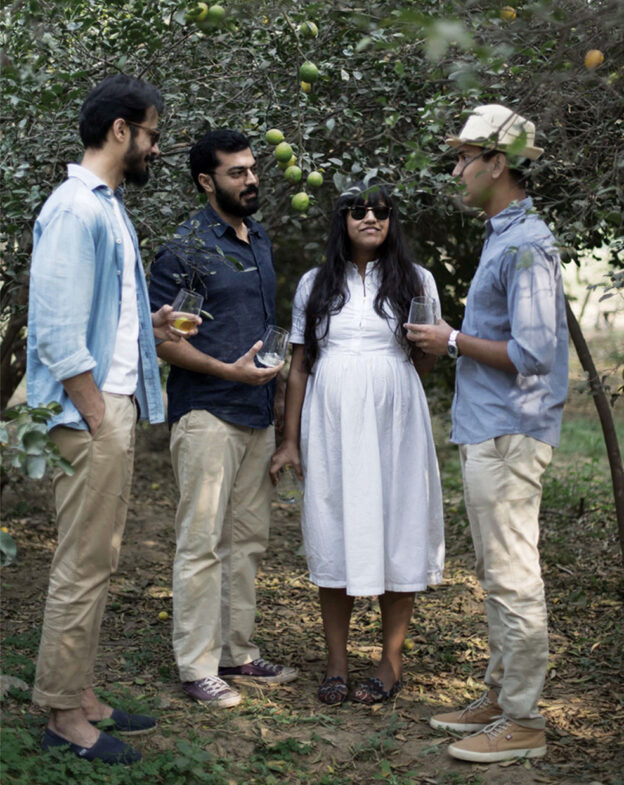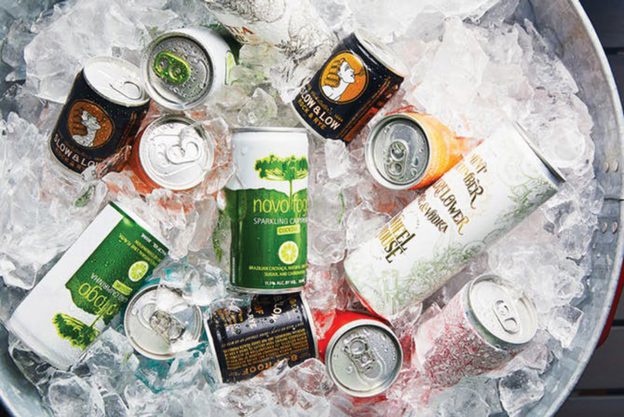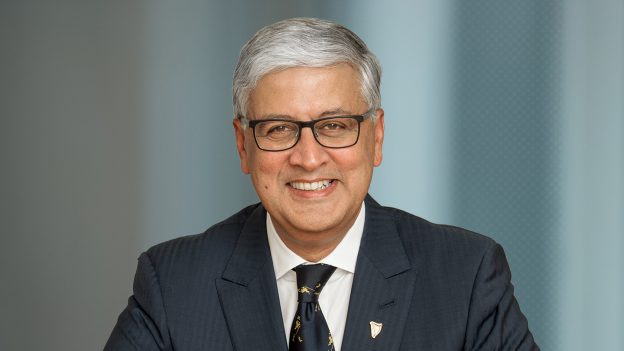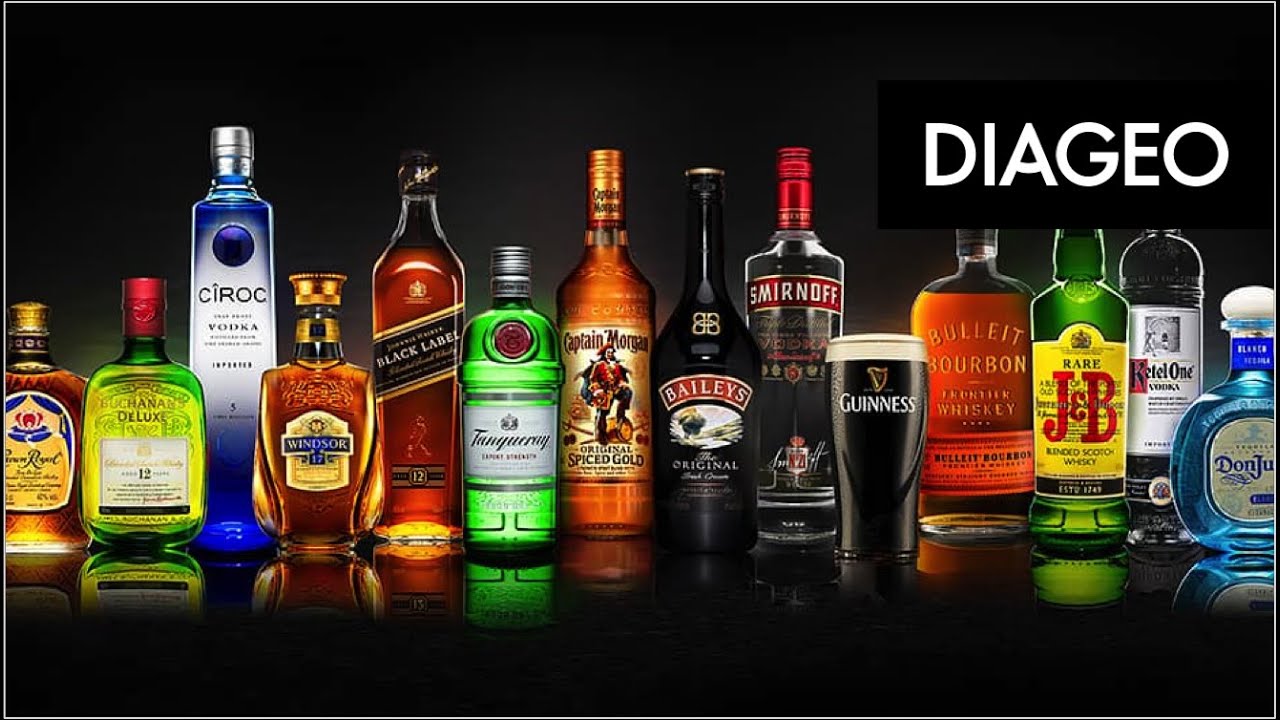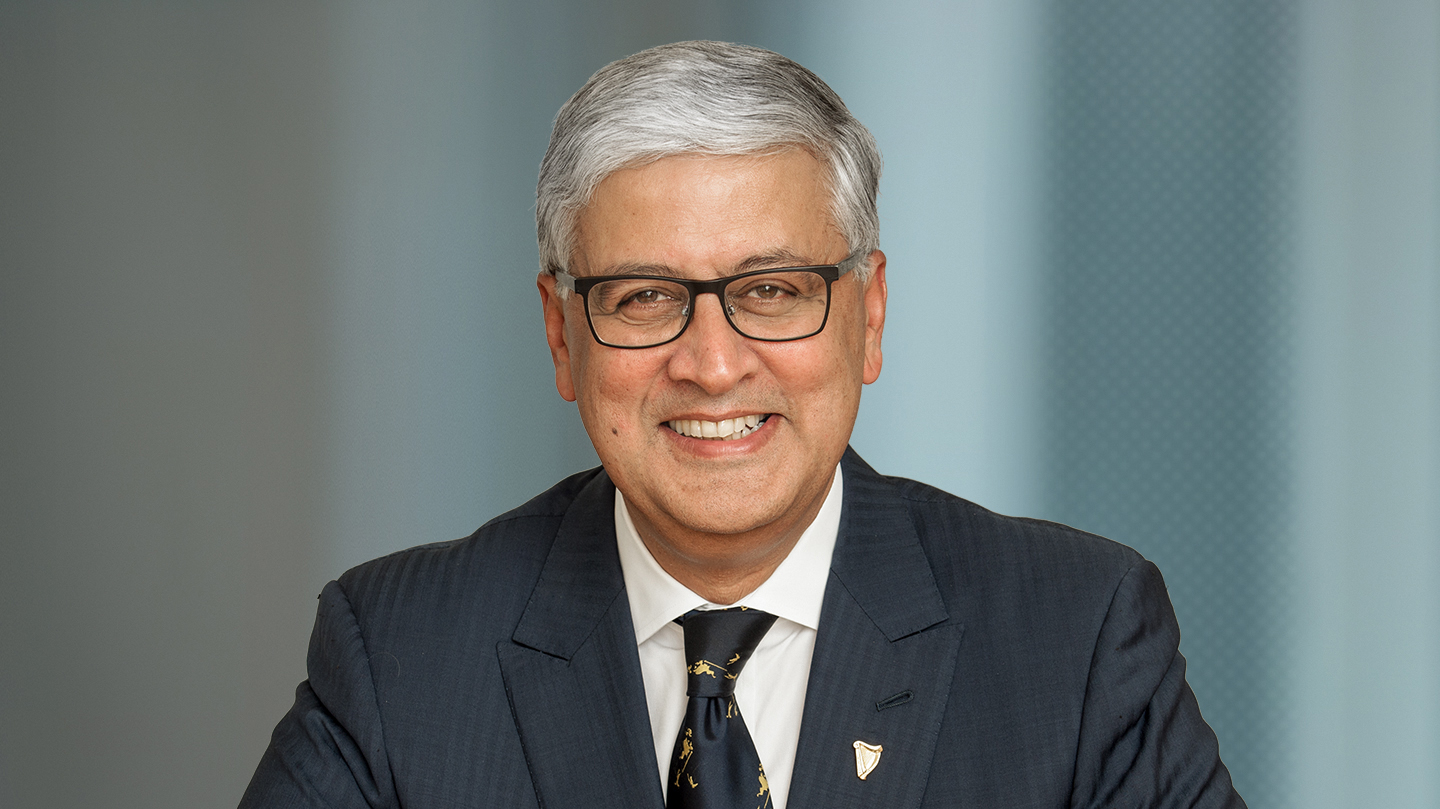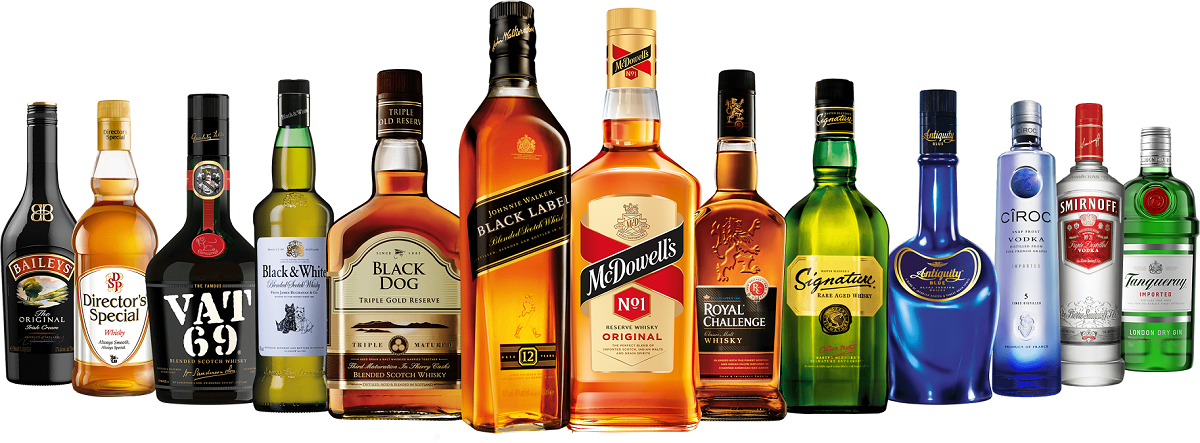The global canned alcoholic beverages market size is expected to reach USD 13.4 billion by 2028, according to a new report by Grand View Research, Inc. The market is expected to expand at a CAGR of 13.3% from 2021 to 2028. Canned alcoholic beverages are gaining popularity among consumers since cans are more convenient, portable, and travel-friendly. Moreover, these metal cans are less expensive as compared to glass bottles and have a considerably higher recycling rate than glass.
In Asia Pacific, the market is expected to witness a CAGR of 13.9% from 2021 to 2028. The major factor driving the market in the region is the presence of young consumers and rapidly growing economies.
The wine segment is projected to register the fastest CAGR of 13.7% from 2021 to 2028. The rising awareness among consumers for more eco-friendly alternatives to plastic bottles coupled with the growing taste for convenient products is propelling the demand for canned wine.
The online segment is expected to register the fastest CAGR of 13.6% from 2021 to 2028. The hassle-free shopping experience offered by various online platforms is expected to drive the growth of the segment.
The hand seltzers segment held the largest revenue share in 2020 and is expected to maintain its dominance over the forecast period. Hard seltzers are carbonated water-based drinks, which are usually infused with fruits and spirits. These have become quite popular among millennials due to their low alcohol content. Low prices of hard seltzer, easy availability across supermarkets and convenience stores are factors anticipated to boost their sales in the upcoming years.
The liquor stores segment contributed a majority of the share to become the largest division in the global revenue in 2020. These stores have been a widespread and well-established distribution channel for canned alcoholic beverages. The wide availability of both premium and private label brands at these stores attract consumers to purchase products through these channels.
In addition, a report published by Fior Markets claims the global functional beverages market is expected to grow from $125.39 billion in 2020 to $216.7 billion by 2028, growing at a CAGR of 7.08% during the forecast period 2021-2028.
Functional beverages are liquids that often contain a health claim and are used to hydrate the body and maintain nutritional balance. On the basis of type, the global functional beverages market is segmented into drinks, energy drinks, fruit and vegetable juices, herbal and fruit teas, fortified water, rehydration solutions, dairy beverages, non-dairy beverages and others.
The energy drinks segment dominated the market and held the largest market share of 20.9% in the year 2020. This growth is attributed to the rising adoption of energy drinks and the increase in reliance on them for instant energy amongst an increasingly busy population.
The market is booming and there’s already a large number of brands. Some popular drinks include Tequila Cazadores RTDs, Onda Sparkling Tequila, Miami Cocktail Co., Dogfish Head RTDs, St. Agrestis Spritz, and Lunar Tamarind & Rice Paddy Herb.
Tequila Cazadores RTDs
These ready-to-drink (RTD) tequila cocktails are available in Margarita, Spicy Margarita and Paloma flavours and continue the trend of tequila RTDs outshining almost all other canned drinks.
Onda Sparkling Tequila
The best designed of the tequila RTDs, this sparkling beverage (which features actress Shay Mitchell as the “Chief Brand Officer”) just launched two new flavours, Watermelon and an incredibly refreshing Blood Orange. Fizzy, light and citrusy.
Miami Cocktail Co.
While this RTD brand flashes a lot of healthy catchphrases (vegan, gluten-free, non-GMO, “clean calorie”) their organic spritzes should appeal to anyone. Ridiculously great in hot weather, the brand offers everything from Rosé Bellini Spritz to a Grapefruit & Hibiscus Paloma Spritz.
Dogfish Head RTDs
It turns out it takes a brewery (and distillery) to finally make a good vodka soda. The Blueberry Shrub RTD here is light but flavourful. And brown spirits fans: The Cherry Bergamot Whiskey Sour is the rare summer-ready whiskey drink.
St. Agrestis Spritz
The Spritz however, is a refreshing, herbal/citrus combo of the St. Agrestis Paradiso Aperitivo, sparkling Italian wine and sparkling water.
Lunar Tamarind & Rice Paddy Herb
Described as the “first and only Asian American craft hard seltzer made with real, premium fruits and ingredients from Asia,” the brand just launched a limited-edition “Heritage” line that pays tribute to well-known Asian foods and is co-developed with New York-based chefs and owners of popular local restaurants. The Tamarind & Rice Paddy Herb release will be unlike any canned drink you’ll try now … and portends a promising and innovative future for the category.
Beverage Cans Market size is estimated to reach $17.24bn by 2025, growing at a CAGR of 4.9% during the forecast period 2020-2025. Beverage cans are the metal containers that are used to store liquid drinks like alcoholic beverages, carbonated soft drinks, fruit and vegetable juices, energy or sports drinks and others. These cans are usually made of aluminum and steel. The increased demand for the alcohol beverage which is to be stored at low temperatures is driving the usage of this beverage cans as they help in storing the drinks at low temperatures which helps to hold the taste and properties of drinks. The rise in health concerns among the people to avoid plastic containers as they are harmful and non-bio-degradable is driving the usage of beverage cans market during the forecast period 2020-2025.
The global Beverage Cans Market based on Material type has Aluminum and Steel. The Aluminum segment registers for the highest market share in 2019 and is set to continue for the forecast period 2020-2025, owing to the increased usage of aluminum in making beverages cans. Overs 70% of beverage cans are made of aluminum globally. Aluminum cans are easily recycled with properties like lightweight and easy to manufacture, transport and are economical. Having many advantages over other materials is driving the market of aluminum beverage cans during the forecast period 2020-2025. The steel beverage cans are having below-average growth as they are heavy and is set to react with beverages in those cans, however, cans made with a composition of steel and other material are being introduced into the market to decrease the cost of beverage cans.
Based on geography the global Beverage Cans Market is segmented into North America, Europe, Asia-Pacific, and the Rest of the World. North America had a dominant share in terms of revenue in 2019 and it holds the largest market share during the forecast period 2020-2025, owing to the availability of the high number of consumers of aluminum can stored beverages. The Asia-Pacific region is also set to have healthy growth during the forecast period 2020-2025, owing to the availability of a large population and increased consumption of beverages. The availability of large raw materials like aluminum and steel are also factors that are supporting the growth of the market in the Asia-Pacific region.
Beverage Cans Market Drivers
Increased consumption of beverages
The increase in the consumption of beverages globally is driving the demand for beverage cans. Increased promotional activities by different manufacturers of beverages to increase demand for drinks are driving the usage of beverage cans owing to increased sales of beverages. Beverage cans being eco-friendly, recyclable and lightweight are driving the market growth during the forecast period 2020-2025.
Beverage Cans Market Challenges
Fluctuation in the cost of raw materials
The fluctuations in the cost of raw material are challenging the production of the beverage cans. The defects in three-piece type cans, such as leaks, inability to withstand high pressures and temperatures are challenging the market during the forecast period 2020-2025.
